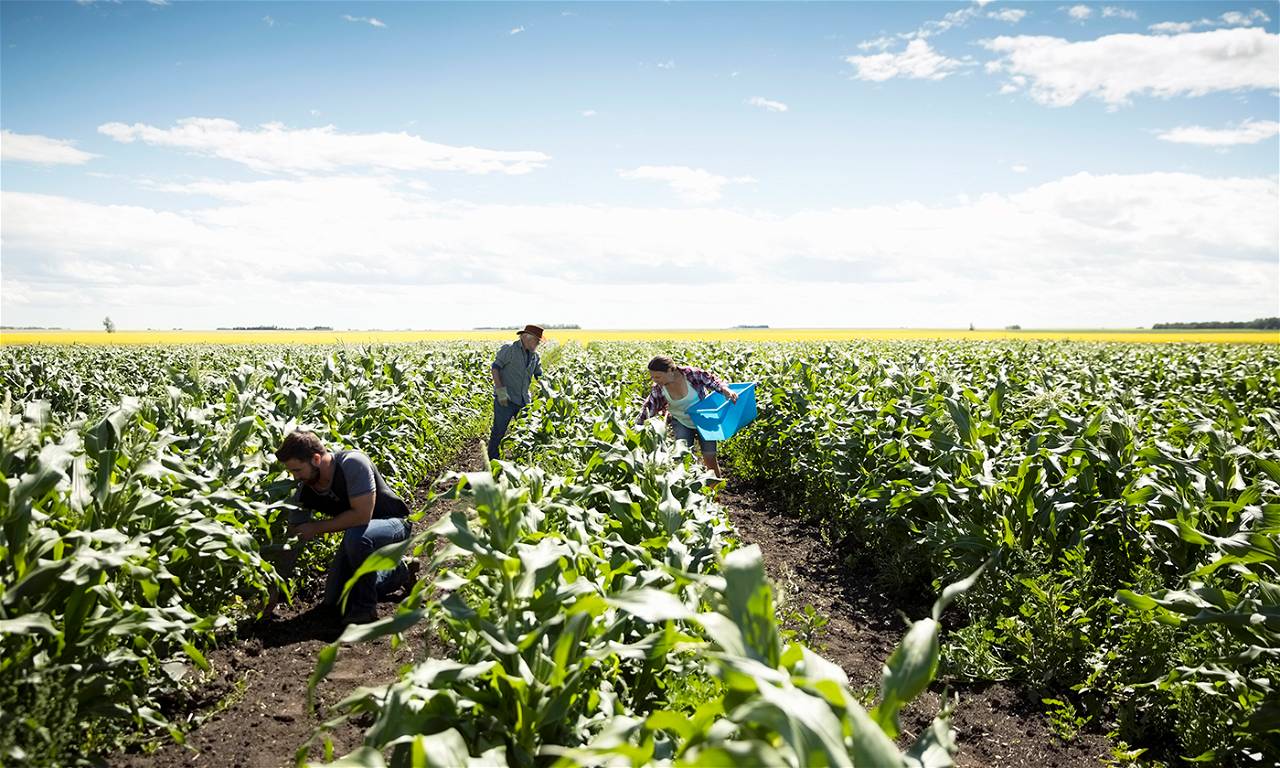
Agriculture and farming techniques are changing and growing over the time and years. Moreover, agriculture was the key development in the rise of sedentary human civilization. Farmers can easily adopt new techniques to enrich their yield and double their profit and income. While science has invented many new techniques of harvesting crops to get the best result, multiple cropping is one of them. Hence, multiple cropping is the best example of new harvesting techniques to grow and harvest crops. In simple words, multiple cropping or multicropping is the practice of sequentially growing two or more crops in the same piece of land during one growing season instead of just one crop. Moreover, it is a form of polyculture.

What is Multiple Cropping or Multicropping?
Multiple cropping is a form of Ecological Intensification (harvesting) that is potentially highly sustainable when two or more crops are grown at the same time or in a sequence.
It does this by balancing three key ecological processes: competition, on the one hand, and commensalism (one plant gaining benefits from the other) or mutualism (both plants benefitting each other) on the other.
Typically, farmers will plant crops as close together as possible to utilize all the available land. When different crop species or varieties are grown together, the competition may be fierce; trees grown in a maize field, for example, may shade out the crop. But this can be compensated for by determining the optimal spacing and by exploiting various forms of commensalism or mutualism, for example where the tree may be a legume, providing nitrogen for the crop plant beneath.

How You Can Do Multiple Cropping?
There are different forms and types of multiple cropping.
Intercropping: Intercropping means interspersion of different crops on the same piece of land, such as a home garden, either at random or more commonly in alternate rows usually designed to minimize competition but maximize the potential for both crops to make use of the available nutrients, such as nitrogen supplied by a legume.
Rotations: the growing of two or more crops in sequence on the same piece of land.
Agroforestry: Annual herbaceous crops are grown interspersed with perennial trees or shrubs. The deeper-rooted trees can often exploit water and nutrients otherwise unavailable to the crops. The trees may also provide shade and mulch, creating a microenvironment, whilst the ground cover of crops reduces weeds and prevents erosion.
Green Manuring: the growing of legumes and other plants to fix nitrogen and then incorporate the nutrients into the soil for the following crop. Commonly used green manures are Sesbania and the fern Azolla, which contains nitrogen-fixing, blue-green algae in rice fields.

What are the Benefits of Multiple Cropping?
Multiple cropping systems are not only beneficial for soil, but it is also beneficial for the farmer as well as for the country.
-
It is a better source of soil utilization
-
It improves yield
-
Increase yield per unit of land
-
Increase crop production
-
Export increase
-
Foreign exchange increase
-
Costs of input decrease as compared to individual crop growing cost
-
Reduce pest and disease attack
-
Different type of products can be produced at a time
-
It helps to produce a balanced diet for a family
-
It helps to maintain the soil fertility
-
It helps to control weeds















